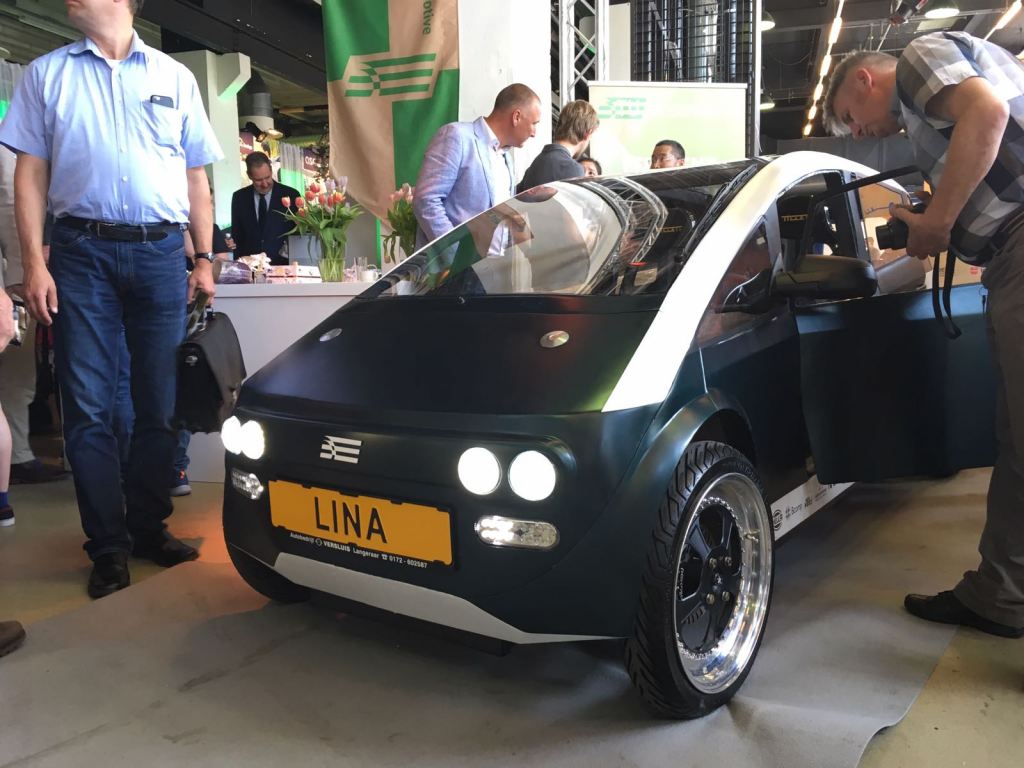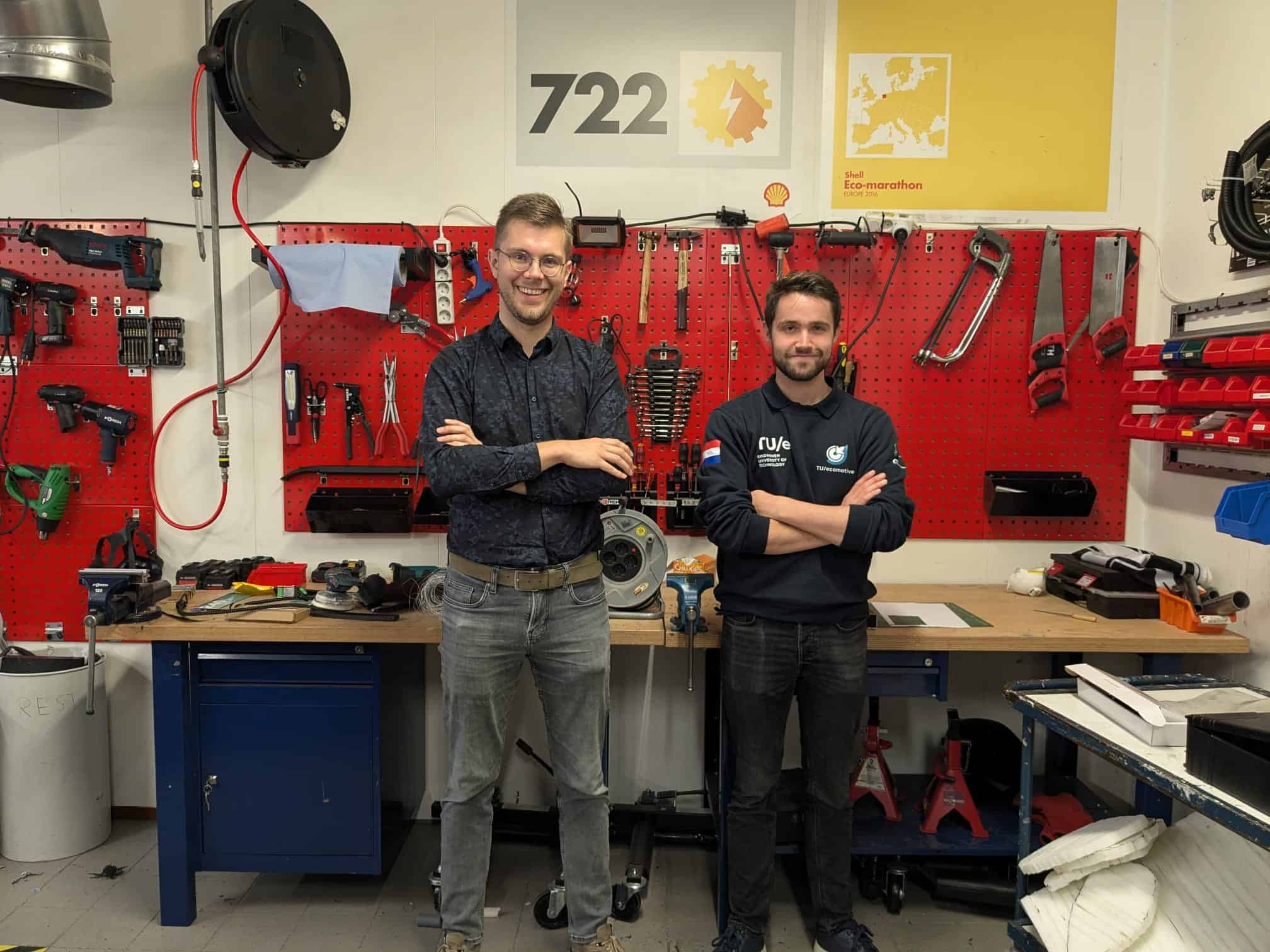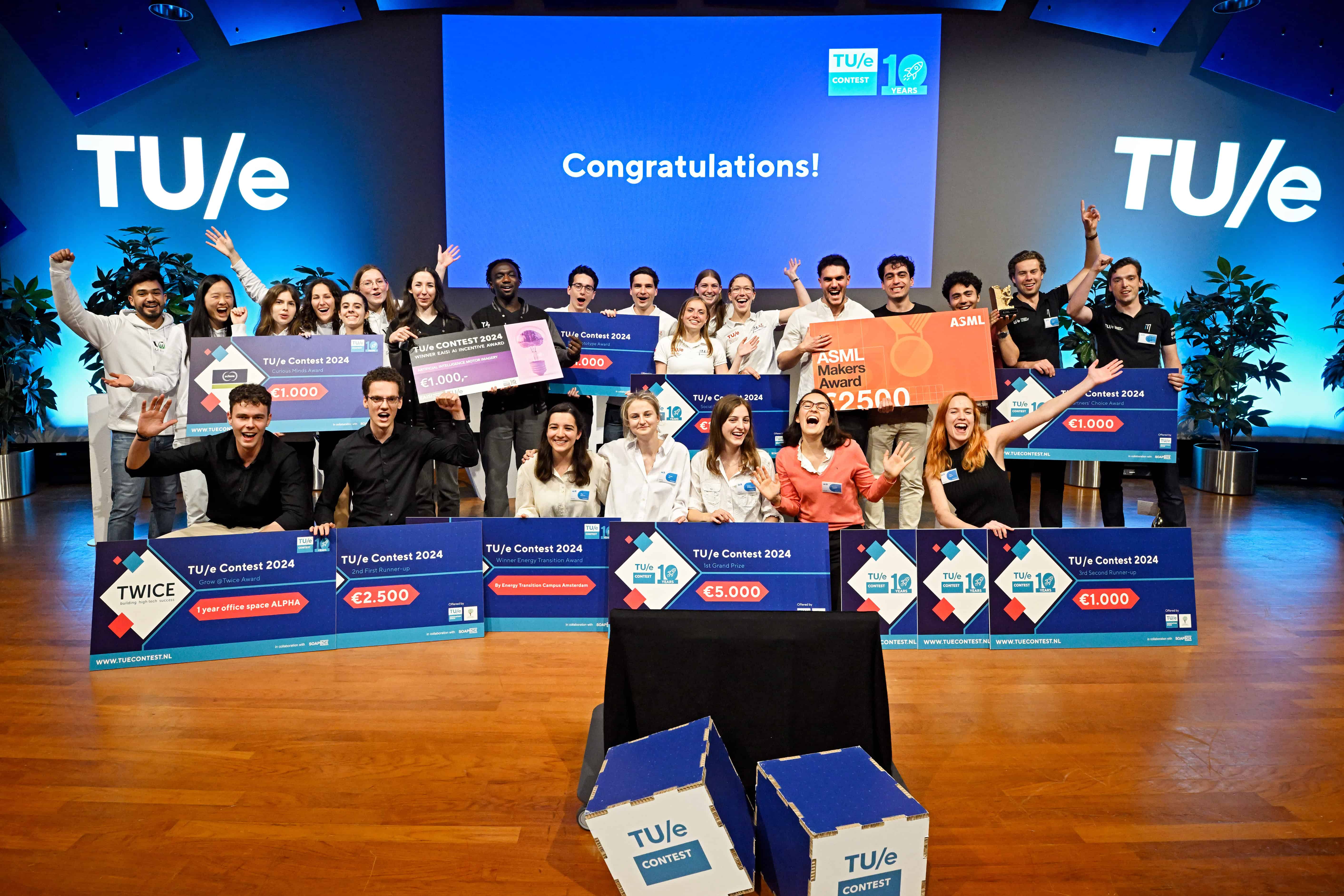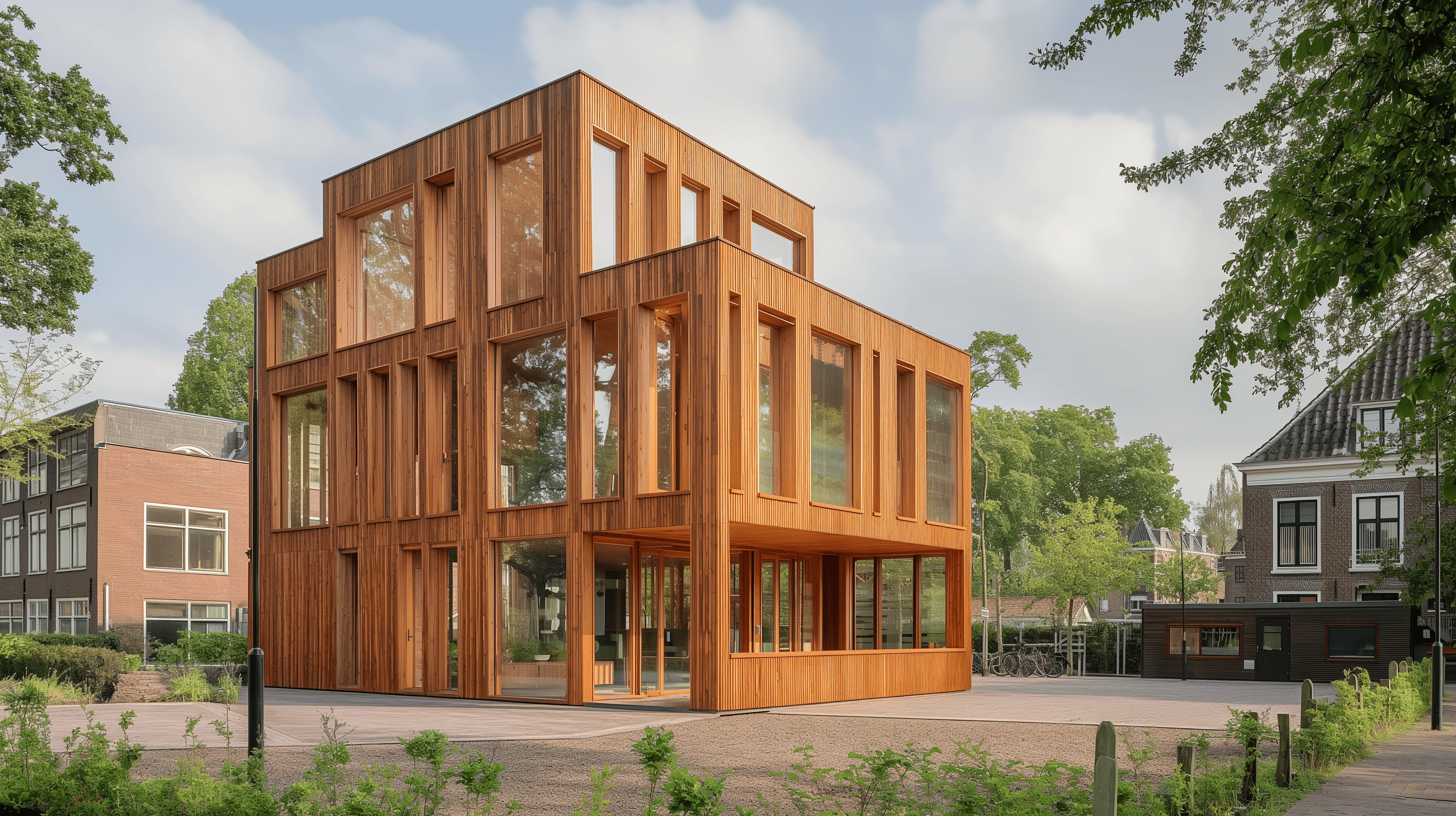

A car made from plant fibers? Ja, dat kan. Today as part of the Dutch Technology Week, a group of Dutch students at the Eindhoven University of Technology presented the result of months of hard work: The Lina, an electric car with a chassis that’s made with over 80% organic material.
The team has developed a new kind of structural bio composite material, using flax. The material’s structure is similar to carbon fiber, which means it’s strong enough to be able to be used in the car’s chassis. A 95% organic PLA (a type of bioplastic) “honeycomb” panel is placed in between two thinner flax-based panels, forming a kind of sandwich. This “sandwich panel” is then used as the basis for the car’s structural framework. The bio-based material is also extremely light – the four-seater Lina weighs in at just about 300 kg – almost unimaginable for a car of its size and structural strength. Because of its light weight, the Lina is also extremely energy efficient.
Bio-based is better
But why a bio-based car? Quinten Oostvogel, the team’s manager, explains why this design decision is so important.
“The trouble is that even though cars these days are becoming more efficient, the way they’re produced is not. Car manufacturers are using light materials like carbon fiber and aluminum more often, which is great, because it means the cars become lighter and more efficient. But the downside is that these materials need extreme amounts of energy for manufacturing. For example, it takes five times more energy to produce carbon fiber than it does to produce steel.”Quinten Oostvogel, Team Manager TU/ecomotive
The material that Quinten and his team have developed, however, needs relatively little energy to produce, and is indefinitely renewable.
Innovation without limits
Quinten is part of TU/ecomotive, an ongoing student organization. The members of the organization cycle in and out, but TU/ecomotive’s goal remains the same: To show the world how the cars of the future should be built. They’re holding true to their vision by building a new, innovative electric car every year. Previous cars that the TU/ecomotive team has produced include the Isa, which still holds the Dutch record for the most sustainable city car, and the Nova, the world’s first modular car.
In a speech introducing the Meet the Industry Giants event several weeks ago at the Hannover Messe, State Secretary Sander Dekker stressed the importance of getting the research discoveries made at universities “out into the real world” as commercial ventures. The ecomotive project at the TU/e is doing that, as well. Former members of the TU/ecomotive team have gone on to found Amber, which plans to have self-driving cars on the road by 2018, and the Stella, which won the World Solar Challenge in 2013, also has its roots in the TU/e.
Quinten has found his time as manager of the TU/ecomotive team to be extremely rewarding. “I’ve gained so much experience and new skills that I never would have learned in my studies. When you study to become an engineer, you get all these theoretical courses about physics and math, but I really missed the commercial and practical side of it. I really value being a part of the ecomotive team, because it’s essentially the experience of owning a company, without the financial risk.” In the TU/ecomotive team, the students experience the best of both the academic and commercial worlds. The safe environment allows for innovation with few restraints, while working on a commercially-focused solution.
Lina on tour
Today’s launch is only the beginning. Quinten and his team have a packed schedule the coming months. They’ll start by participating in the Shell Ecomarathon in London May 25th-28th, co-hosting an event at the Dutch Embassy in London on the 30th, and then starting June 5th, they’re off on a promotional tour around the Netherlands, with events in Eindhoven, The Hague, Enschede, and the province of Zeeland. To see the full schedule of events, check out the TU/e event website.
“Raising awareness is our priority at the moment,” Quinten shares. “ Lina is a perfect showcase of what new bio-composite materials are capable of, and the potential is enormous. This not only goes for automotive applications but in other industries as well. I hope Lina can show this to as many people as possible. Right now there are still points of improvement where we have to work on as a team with our partners. Luckily the students in our network see the potential of the material and are enthusiastic about bringing it to a higher level.”







